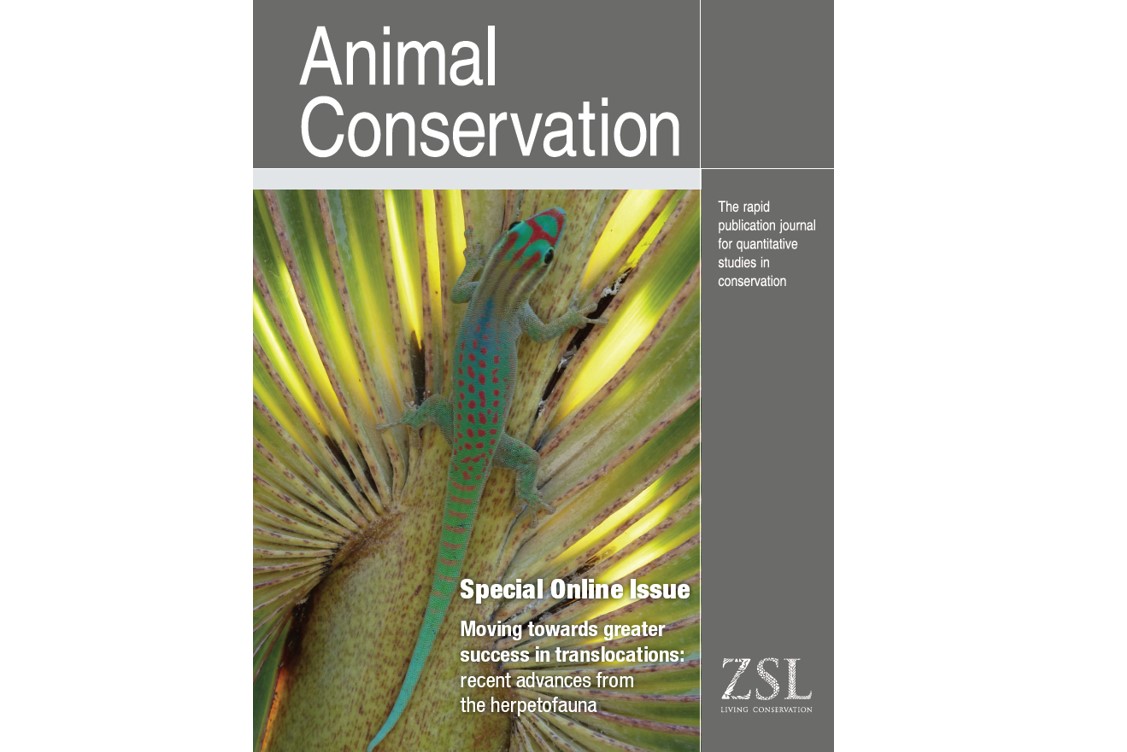Published in: Animal Conservation
Â
Date published: February 2016
Â
Authors: Kate M. Richardson1,2 and John G. Ewen2
- Wildlife Ecology Group, Te Kura MÄtauranga o ngÄ Taonga Ä Papatuanuku, Massey University, Palmerston North, New Zealand
- Institute of Zoology, Zoological Society of London, Regent’s Park, London NW1 4RY, UK
Â
Abstract
Understanding the factors driving dispersal behaviour and habitat selection in reintroduced populations can be critical to reintroduction success. Social factors in particular can influence habitat selection, for example through conspecific attraction, and this can have both positive and negative effects on reintroduction success, particularly where multiple releases occur. In addition, little is known about how habitat selection differs between natal and post-release dispersal within species. Often it is assumed that information from a species’ natal dispersal preferences and patterns can act as a guide for predicting post-release dispersal behaviour, but no studies to date have examined this. We examine the factors influencing habitat selection during both natal and post-release dispersal in a reintroduced hihi (stitchbird, Notiomystis cincta) population using species distribution models. We demonstrate a strong social effect in habitat selection of natal dispersers bred at the release area (largely the offspring of founders), yet find no social effect in habitat selection of juveniles translocated 2 years after the first releases occurred. In addition, we establish that environmental variables are important in habitat selection in both groups. We suggest (1) that consideration of social effects and conspecific attraction should play a role in planning reintroduction release strategies, especially if reinforcement releases are considered necessary, and (2) that it may not always be appropriate to assume post-release dispersal in reintroduced populations will be driven by the same factors that influence natal dispersal.
Paper details available here:
http://onlinelibrary.wiley.com/doi/10.1111/acv.12257/abstract
